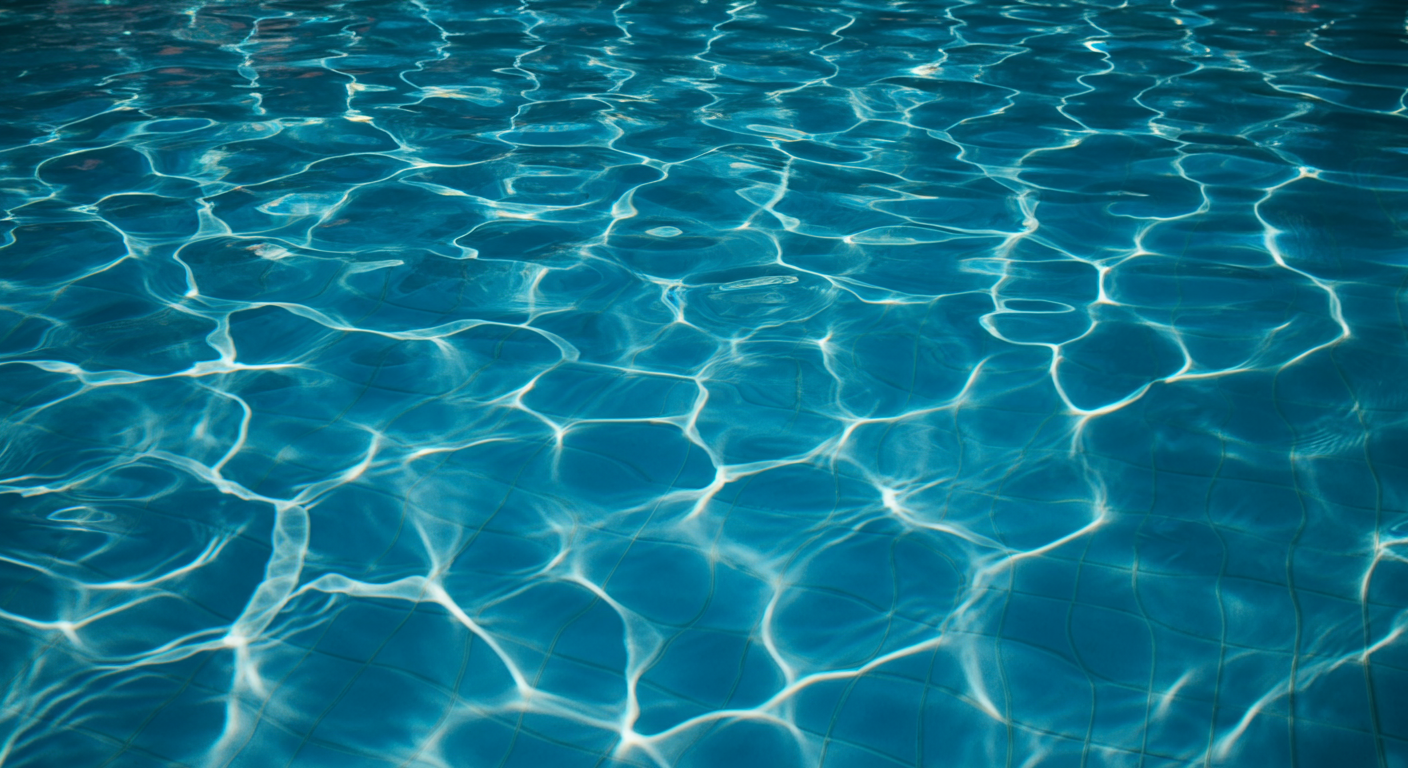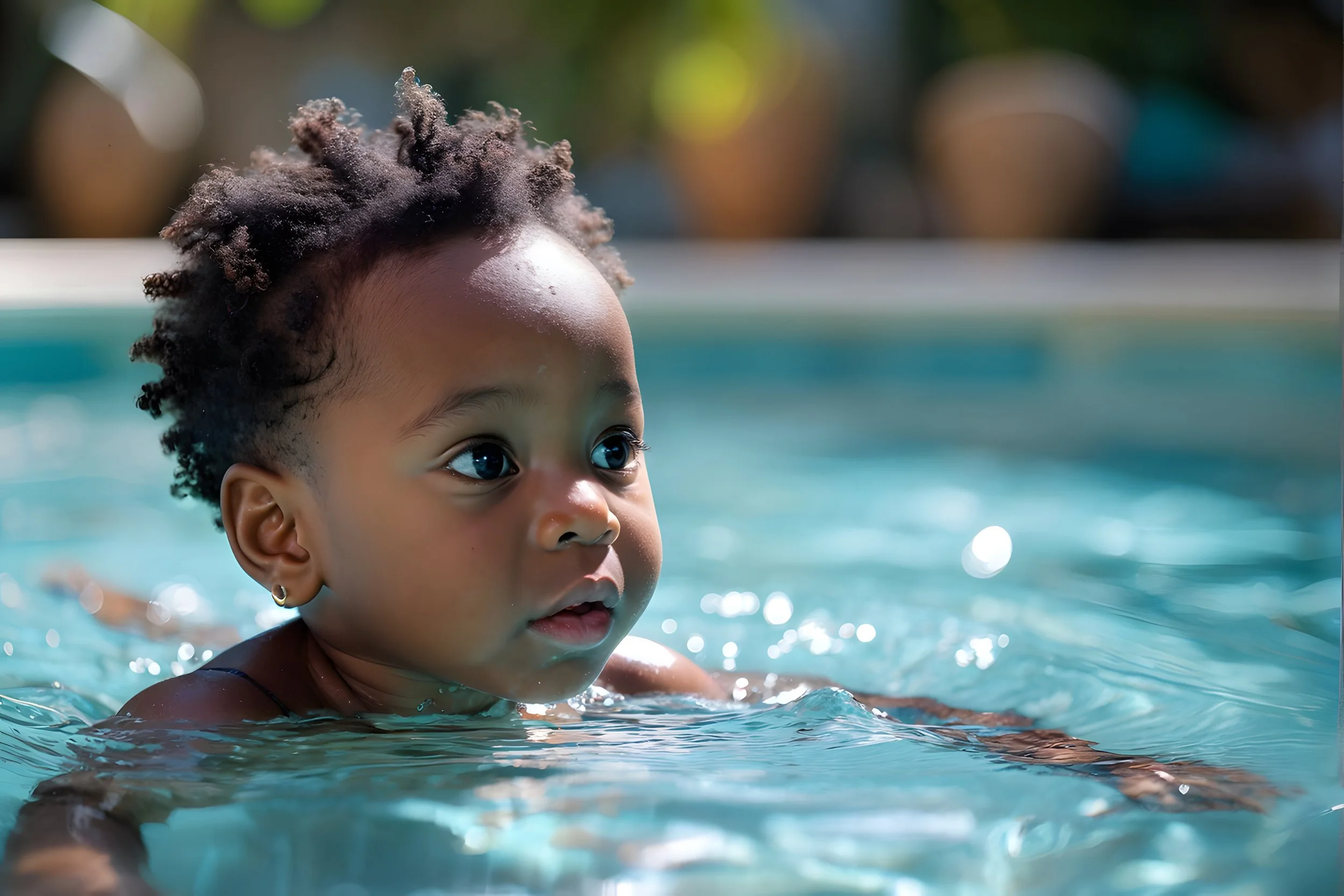So, I have some questions….
In the first lesson, we just introduce the child to their teacher and to the new water environment. We get them wet, we splash, we explore the parts of the pool and we try to lay the foundation for a joyful experience. That being said, your child might still cry. Be prepared for that, and know that it is vitally important for you to remain calm and positive. You, the parent or guardian, set the tone each and every day for your child. If they show signs that they are ready on day 1, we begin to work. For Baby Otters, we begin by introducing the floating posture, on their back. For Junior Otters, we begin by showing them how to secure the pool edge or steps from a swim position. And then we incrementally build out their lessons from there, progressing at their individual pace.
I heard kids cry a lot during these lessons - I worry that my child will become afraid of the water if she cries in her lessons.
Children cry as a form of communication. And most parents know their child’s various cries: “That’s her tired cry” or “She’s crying like she is in pain” or “Uh oh, that’s him being angry!” We become familiar with the various cries in the water, too. And most often we hear the cry that says “I just want to be cozy with YOU mum! Hold me!” We work hard to avoid creating an experience that provokes fear. We do this by slowly building trust with your child in the water. And although they may cry throughout their lessons, we generally don’t see signs of fear. Instead we see that the children continue to work and engage and do what is asked, in spite of their crying. If a child is afraid, they won’t willingly participate - they will resist and fight and cry. If we see that combination of behavior, we know we need to stop and restructure our approach, and so we do. As soon as a child disengages, we re-approach the lesson. However, in these lessons children are asked to WORK HARD - they are asked to be brave and strong and resilient without understanding why. As adults, when we are asked to be brave and strong and work hard while facing uncertainty, often times we feel like crying, too. And yet, when the end result of the lessons is your child mastering a life-saving skill….a little bit of crying is worth it in the long run! And almost all children finish their Little Otter lessons with smiles - we provide plenty of opportunities to play along with the hard work, and most children grow to love their time in Little Otter lessons.
Will I be in the pool with my child? Will other children be in the pool at the same time?
Little Otter lessons are 1:1, the instructor works with one child at a time. And while we are excited to invite parents into the pool once their child is fully skilled, during the weekly lessons parents are welcome to sit poolside and watch.
I use a life jacket for my child when in the water. That helps him float just fine. Why would I spend money having him learn how to float without one?
Most cases of child drowning happen when a child unexpectedly falls in the water without a flotation device. We cannot predict when a child might fall in the water, or end up in a potential drowning situation, but we can train children so that if a situation arises, they are prepared. Little Otters teaches children how to rescue themselves if they were to fall in the water.
What is the difference between Little Otters and other swim programs for kids?
The primary focus of the Little Otters program is drowning prevention, not developing or perfecting a swim technique. While older children do learn to swim in the Junior Otters program, the end goal is not just successful swimming, it is a skill set that allows the child to self-rescue in the water.
Why are the lessons daily? That seems excessive. Other programs are once a week.
Imagine a child learning to walk. They try repeatedly to stand up and then to take steps and they do this every day, at every opportunity. With constant practice they go from crawling to walking in a matter of weeks. Now imagine they are only provided the opportunity to practice the skills for walking once a week for 20 minutes for six weeks. Do you think they’d figure it out? Children master new skills by having frequent and short exposure to opportunities to practice the skills. Children intuitively navigate their environment in the way they learn best: high repetition and short exposure (fill a bucket with toys, dump it out, repeat). We try to mimic that principle by offering short, daily lessons. Most children cannot swim effectively, efficiently or reliably after a conventional once-a-week swim lesson program, and at Little Otters we are not satisfied with half-learned skills.
What should I expect when I show up for the first lesson?

